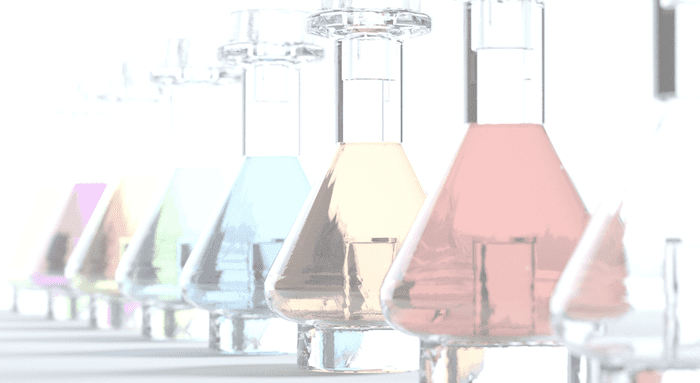Death Adder Antivenom
Death Adder antivenom (equine IgG Fab) can be used to treat envenomation from the death adder in Australia and Papua New Guinea.
Indication:
- Clinical evidence of envenomation characterised by progressive paralysis and the absence of coagulopathy.
Contraindication:
- No absolute
- Increased Risk of anaphylaxis in patients previously treated with antivenom or those who are suspected of equine sera allergy
Administration:
- Place the patient in a monitored area where anaphylaxis can be managed
- Administer 1 ampoule diluted in 500ml of 0.9% saline IV over 20 minutes (the dose is the same for adults and paediatrics – snakes don’t envenomate less because its a child)
- Observe the patient clinically and monitor serial spirometry/peak flow measurements
Adverse drug reactions:
- Anaphylaxis: Cease antivenom infusion, treat as per anaphylaxis with oxygen, IV fluids and IM adrenaline. Recommence antivenom infusion when anaphylaxis has resolved. Rarely will ongoing administration of adrenaline be required to complete the antivenom infusion.
- Serum Sickness: A benign and self limiting complication occurs 5-10 days after antivenom, symptoms include fever, rash, arthralgia and myalgia. Oral steroids for 5 days may ameliorate symptoms (e.g. prednisolone 50mg/day in adults and 1mg/kg in children). All patients should be warned about this complication who receive antivenom.
Top Tips:
- If Death Adder antivenom is not readily available one ampoule of Polyvalent Snake Antivenom may be used – however, there is an increased risk of anaphylaxis
- If no antivenom is available, patients should be managed with supportive care. Providing airway and ventilation are supported, survival rates are high, with the symptoms of neurotoxicity resolving within 36-48 hours.
References
- Tox Library – Death Adder
- Isbister GK, Brown SG, MacDonald E et al. Current use of Australian snake antivenoms and frequency of immediate-type hypersensitivity reactions and anaphylaxis. Medical Journal of Australia 2008; 188:473-476.
- Johnston CI, O’Leary MA, Brown SCA et al. Death adder envenoming causes neurotoxicity not reversed by antivenom – Australian Snakebite Project (ASP-16). PLoS Neglected Tropical Diseases 2012; 6(9):e1841
- White J. A clinician’s guide to Australian venomous bites and stings: Incorporating the updated CSL Antivenom Handbook. Melbourne: CSL Ltd, 2012.

Toxicology Library
ANTIVENOM
Dr Neil Long BMBS FACEM FRCEM FRCPC. Emergency Physician at Kelowna hospital, British Columbia. Loves the misery of alpine climbing and working in austere environments (namely tertiary trauma centres). Supporter of FOAMed, lifelong education and trying to find that elusive peak performance.
